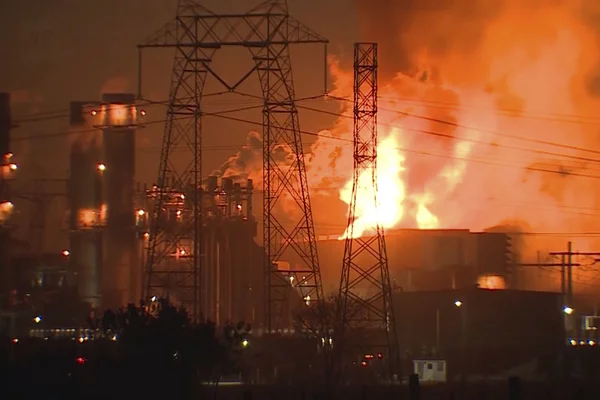
California Tightens Safety Rules for Battery Plants
California regulators have recently introduced stringent new safety regulations for battery manufacturing and storage facilities. This move aims to enhance safety standards and reduce the risk of accidents in the burgeoning battery industry, which is critical for the state's transition to renewable energy sources.
The new rules, implemented by the California Public Utilities Commission (CPUC), focus on preventing fires and explosions, which have been a growing concern as the demand for batteries, especially lithium-ion batteries, surges. The regulations mandate enhanced fire safety systems, regular safety audits, and improved emergency response plans. Facilities are now required to install advanced fire detection and suppression systems and to train their staff thoroughly on emergency procedures.
The decision comes in the wake of several high-profile incidents at battery facilities, both in California and elsewhere, that have raised alarms about the safety of large-scale battery operations. These incidents have underscored the need for robust safety measures to protect workers, the community, and the environment.
The new safety protocols are expected to set a precedent for other states and countries looking to expand their battery manufacturing and storage capabilities. As California leads the way in clean energy initiatives, these regulations could influence global standards in the battery industry.
Industry stakeholders have mixed reactions to the new rules. While some welcome the increased safety measures, others express concerns about the potential increase in operational costs and the impact on the competitiveness of California's battery sector.
